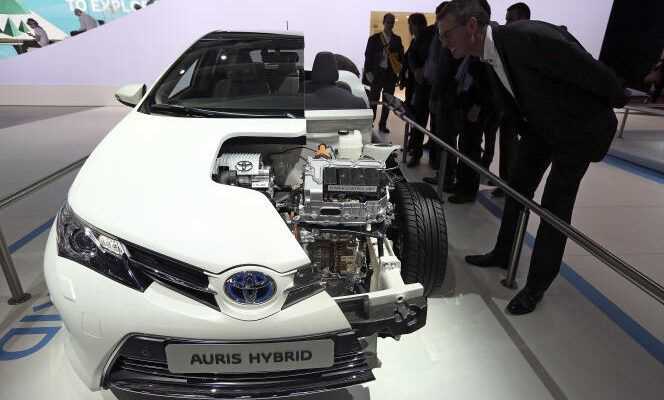Hybrid vehicles were preparing to ensure a long interregnum, that of the transition between all-thermal and all-electric, but the acceleration of the race to zero emissions risks significantly reducing its duration. The target announced in mid-July by Brussels (55% reduction in CO2 emitted per kilometer by new cars by 2030, before the banning of the thermal engine in 2035) makes this technology a central issue in the transformation of the automotive industry.
Hybrids – which use two engines, one thermal and the other electric – will, at first, become more necessary than ever for manufacturers to pass under the Caudines forks of regulations. However, as standards tighten (currently 95 grams per kilometer on average) and competition from 100% electric vehicles grows, the limits of their efficiency may become apparent.
“Without the assistance of an electric motor, a heat engine cannot drop below 110 grams of CO2, which means that the hybrid appears to be an absolutely essential transition solution ”, underlines Michel Forissier, director of engineering at Valeo. In short, any car with a thermal engine will have to rely on a hybridization solution, including “low cost” models.
A “too brutal break”
Microhybrids (from 12 to 48 volts) make it possible to smooth the efforts of the gasoline engine and recharge their small battery during deceleration phases. Minimal, the gain in consumption is nonetheless not insignificant when it comes to scooping up a few grams of CO2 inexpensively. Classic hybrids, Toyota’s favorite land (90% of the market in Europe), are more expensive, but they consume less, especially in town. Another option, the rechargeable hybrid, which displays a range of several hundred kilometers, including about fifty in all-electric mode.
The European Union’s roadmap, which must be endorsed by the Commission and the European Parliament, provides for an intermediate target of a 15% reduction in CO emissions2 by 2025. Consequently, most of the adjustment will have to be made within the next five years, when it comes to heading towards the 55% mark. However, the performance of hybrid engines will be far from sufficient to bring this second wind. Achieving this objective, estimates the firm IHS Markit, would suppose to increase the share of all-electric to 55% in 2030. Microhybrids will then weigh 23% of registrations, while conventional hybrids will not exceed 11%.
You have 49.86% of this article left to read. The rest is for subscribers only.
